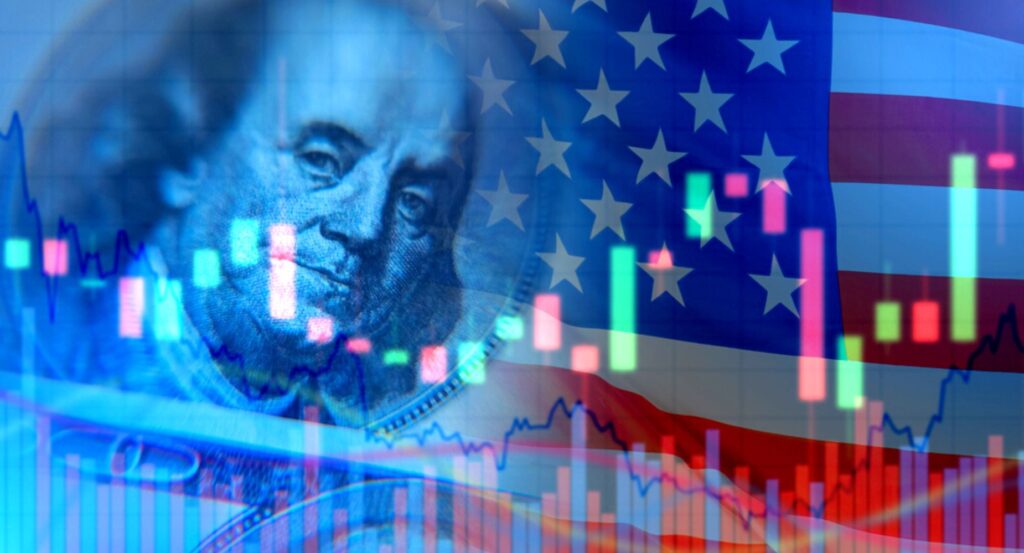
After five straight months of erosion, U.S. consumer confidence posted a strong rebound in May, fueled by a recovering stock market, hopes tied to easing U.S.-China trade tensions, and signs of moderating inflation—yet many consumers remain cautious and are increasing savings.
The Conference Board’s Consumer Confidence Index rose sharply by 12.3 points to 98 in May, recovering from April’s 13-year low of 85.7.
This is the largest monthly jump since July 2021. The Expectations Index, which tracks consumers’ views on business, employment and income six months ahead, climbed 17.4 points to 72.8. Although the share of consumers anticipating a recession fell, the Expectations Index’s sub-80 level keeps the recession risk radar flashing for now.
Stephanie Guichard, senior economist at The Conference Board, said the rebound gained traction after the May 12 U.S.-China tariff pause, with notable gains across all components of consumer expectations.
“Consumers were less pessimistic about business conditions and job availability over the next six months and regained optimism about future income prospects,” she said.
The Present Situation Index, which reflects current conditions, also rose, up 4.8 points to 135.9. However, consumer views on job availability slightly weakened: 18.6% said jobs were hard to get in May, up from 17.5% in April.
Stock Market Cheers Fuel Confidence Surge
A key driver of improving sentiment was Wall Street. The survey noted a sharp rise in consumer optimism toward stock prices. The share of consumers expecting stock prices to rise jumped from 37.6% in April to 44% in May, while those expecting a drop fell from 47.2% to 37.7% .
This increase aligns with the S&P 500’s strong rally in May, buoyed by optimism over tech earnings and tariff relief. The SPDR S&P 500 ETF Trust SPY has risen 6% month-to-date, on track for its best monthly performance since November 2023.
Political affiliation also played a role. Republican respondents showed the biggest mood lift, reflecting stronger support for the Trump administration’s trade policy shift.
Willingness To Save Jumps
Despite the optimism, many consumers reported adjusting their financial behavior. 36.7% said they were saving more, while 26.6% dipped into savings and 26% postponed major purchases.
These adjustments were more common among lower-income households, while wealthier households reported saving more and advancing purchases ahead of potential tariffs.
While job loss anxiety was relatively low—only 24% were concerned—nearly half of consumers expressed worry about affording the goods and services they need or want.
Specifically, 17.2% were extremely worried, and 30.2% were somewhat worried about not being able to buy goods and services they want, signaling persistent pressure from inflation and high prices.
On the inflation front, consumer expectations improved. Average 12-month inflation forecasts declined to 6.5% from April’s 7%, mirroring trends in energy and grocery costs.
Read Next:
Photo: Shutterstock
